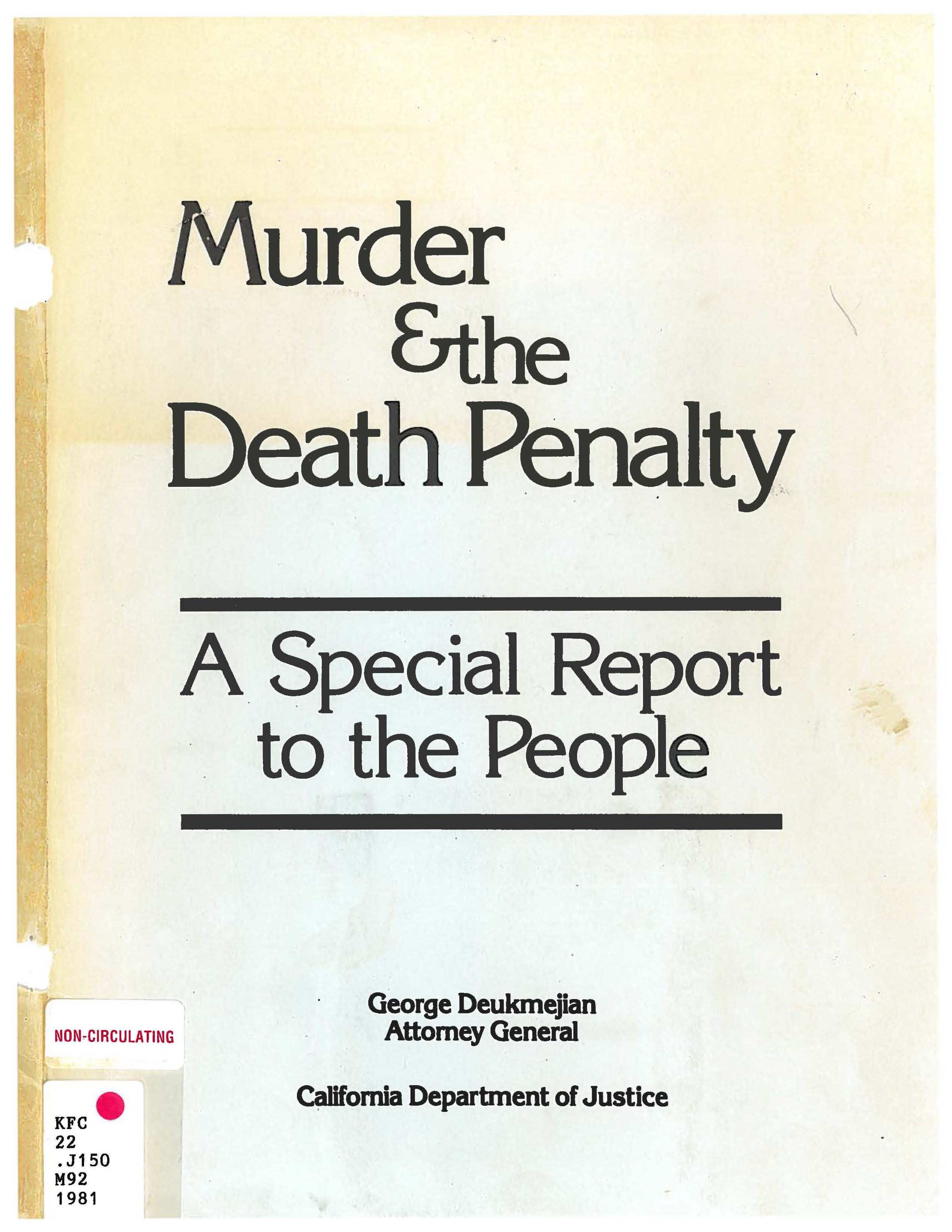Document Type
Committee Report
Publication Date
8-30-1974
Abstract
In just three years (1977} the first trickle of Alaskan North Slope oil will arrive in California ports. By 1978, the trickle will grow to a flood supplying all· the requirements of our State with the excess piped to the Southwest United States. Other lowsulphur content oil is and will continue to be imported from Indonesia in deepdraft ships exceeding 260,000 deadweight tons. One oil company serving the Alaska-California route desires to build three ships of that tonnage. In time, other companies will follow as smaller ships age and are phased out in favor of the larger, more economical deepdraft vessels. Soon after the establishment of this Assembly Select Committee on Deepwater Ports, at least two such large ships arrived off the Channel Islands of Southern California, transferred their oil cargo at sea to smaller ships, and departed. By 1978, there will be at least one arrival daily. Yet, there is no port in the United States now capable of receiving these deepdraft vessels. Environmental-economic tradeoffs dictate that imported oil be delivered to refineries at the nearest point consistent with nautical safety and safeguards against oil spillages during transfer operations. The locations of existing refineries and siting of new required refineries, taken together with ocean depths, comprise the formula for judging optimum locations for bringing ashore in California millions of barrels of imported oil daily. Jurisdiction of California submerged tidal lands comes under the State Lands Commission, two constitutional officers elected statewide and the Director of Finance appointed by the Governor. Necessary permits for planned refinery sites are required by a. multitude of public agencies with similar, overlapping and duplicative social, environmental, and economic concerns.
Recommended Citation
Assembly Select Committee on Deepwater Ports, "Deepwater Ports in California" (1974). California Assembly. 83.
https://digitalcommons.law.ggu.edu/caldocs_assembly/83

